It is far from straightforward, without a thorough prosopographical analysis of the relevant corpus of manorial court rolls, to distinguish between peasant «attorneys» and external attorneys whose presence in the court is solely as a professional legal adviser. Where we gain a sense of legal advisors present in debt cases and, as likely, guiding the litigant or handling their case for them, it still remains difficult to identify with any certainty the extent of their role. Take, for instance, a debt case from Horsham St Faith (Norfolk) in May 1316, in which the plaintiff, through his named attorney (William Lauk’), sought recovery of 52 s. owing from the purchase of pigs and other chattels. The defendant agreed that he owed 32 s., but denied owing the additional 20 s., the latter to be subject to an inquest at a later court. We might assume that the attorney led the pleading in this case on behalf of the plaintiff but the bare details of the case do not permit us a closer view. 21 At Bottisham in August 1344 a group of thirteenth plaintiffs brought their case against a single defendant through their attorney, Thomas Dykeman. The case suggests a fairly involved legal process; for instance, the sum claimed by the plaintiffs was 39 s. 11 d. ¾, the maximum possible sum and just below the 40 s. limit for the jurisdiction of the manor court. 22 Dykeman also appears as a pledge in support of claimants in other, possibly related cases at about the same time; his family name, which can also be found elsewhere in the rolls, suggests that he was local and we should not necessarily think of him as a professional pleader whose presence in the manor court at Bottisham is explicable only in such terms. 23 In other instances, it is perhaps the detail, sophistication and frame of reference of the pleading that at least hints at outside agency and the kind of legal expertise which it may have been less easy for a peasant «attorney» to have acquired through their experience as a litigant. Relatively few debt cases recorded in the manor court include details of the pleadings used by the parties in order to construct a case; from time to time, however, we are offered a sense of the details of pleadings. So, for instance, at Longdon (Staffordshire), the attorneys of plaintiffs generated quite complicated and technical pleas, sometimes moving beyond the immediate in order to use a technicality, such as the requisite number of individuals required to permit an adjournment. 24
It is also reasonably evident that rather more involved legal argument was brought into pleading by manorial officials, sometimes from within particular jurisdictions and, on occasion, from neighbouring or competing jurisdictions. At Longdon (Staffs.), for instance, bailiffs from neighbouring manors served as attorneys for individual peasant litigants. This appears to have been so in the case of on William le Messager who appears frequently in the Longdon manor court as an attorney, representing more than one litigant, but was also, seemingly, bailiff on a neighbouring manor. 25 Furthermore, and albeit rarely, bailiffs from neighbouring manors sometimes came into the manorial court of lords other than their own in order to recover wayward litigants, especially villein defendants and, arguing relevant seigneurial authority, return them and, conceivably the case, to their own jurisdiction. 26
Stewards were also very important in facilitating and developing inter-personal litigation in the manor court. As estate officials charged with helping to oversee the running of the estate and its constituent manors, stewards were well-placed to direct and adjust matters of day-to-day management. They also responded to the dictates of their lord and were tasked with implementing their policy changes; as Razi and Smith suggest, the surge in business activity, including the introduction of inter-personal litigation in manorial courts from the third quarter of the thirteenth century may have a great deal to do with stewards acting upon seigneurial initiatives intended to make their courts effective and remunerative centres for inter-personal litigation. 27 On occasion the intervention of stewards could be deeply unwelcome and cause significant and damaging change to the management of fora such as the manor courts. 28 In other instances, stewards undoubtedly sought to ensure that manorial courts functioned effectively as courts capable of providing a secure and effective jurisdiction capable of meeting the demands of potential litigants and, no doubt especially, wealthy plaintiffs capable of judging their court against the standard of other courts, including borough, county and central courts. That they were capable of doing so is explained in no small part by their own experience in a variety of legal fora and jurisdictional contexts. Paul Brand has described the career of an early fourteenth-century steward, Henry Tyrell of Mannington (Norfolk), who combined his experience in a variety of offices with his own considerable activity as a litigant in informing his work as an estate steward. Tyrell, a member of the minor local gentry, was immersed in his own litigation but also used that to the advantage of others, including the free and unfree tenants who, along with his employer, his lord, he also advised as part of his role in managing his lord’s estate. 29 It is clear that stewards sometimes presided in court and litigants sought legal and, more particularly, processual advice from them on occasion. At Ruyton (Shropshire), for instance, the defendant requested that the steward allow him to withdraw before pleading in order to take legal advice, something to which the steward, contrary to the wishes of the court and in a manner that on this occasion actually proved fatal to the defence, agreed. 30 All of the above discussion in this section can be taken to suggest that in the manor court, or at least in those manor courts in which inter-personal litigation was especially prevalent, there was both an identified process for overseeing litigation and for allowing litigants, and especially plaintiffs, to bring their cases to court with reasonable confidence that the court would offer an effective forum for a satisfactory resolution of their dispute. It is important to note in this respect, therefore, that the court was, especially in the case of inter-personal litigation, open to the influence not only of the lord and his officials but also of the litigants and potential litigants themselves. If, from the point of view of the lord, his court was to be an attractive venue in which wealthy litigants would sue and, thereby, enhance his seigneurial revenue through the fines, amercements and the associated business that came into his court as a result it needed to be a suitable and trustworthy forum for those litigants.
Non-peasant litigants in debt cases in the manor court
Undoubtedly, a great deal of lending and borrowing at the level of the medieval village took place between villagers and a high proportion of such agreement did not end up as litigation in manorial or other courts. Chris Briggs’ work has illustrated the evident tendency for the majority of credit agreements which led to debt litigation in the manorial court to be small in scale. Briggs’ close investigation of debt cases on five separate manors in the fourteenth century indicates that most debts were less than 5 s. and that, on some manors at least, very small debts which must chiefly have been intended to support consumption rather than investment predominated. 31
Despite the evidence of large numbers of small debts, it is also strongly evident that a great deal of the capital which was contested in litigation was concentrated in a relatively small number of cases. As Briggs also notes, while even some of the relatively small debts involved quite large sums, if considered in terms of day-to-day expenditures, there were also other debt cases recorded in the manor court cases which involved really quite substantial sums. 32 While the typical, but not always consistently applied, limit of 40 s. inevitably contained the extent of debts recorded in the manor court, even debts of 20 s. or more involved, by most contemporary standards, large sums of money. 33
Читать дальше
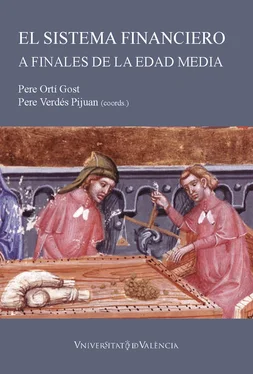
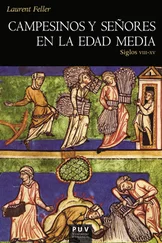
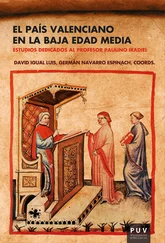
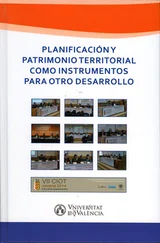






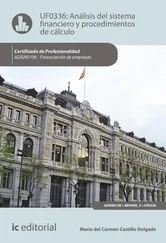
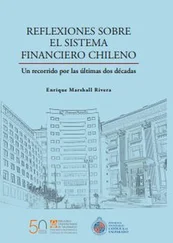
![Rafael Gumucio - La edad media [1988-1998]](/books/597614/rafael-gumucio-la-edad-media-1988-1998-thumb.webp)